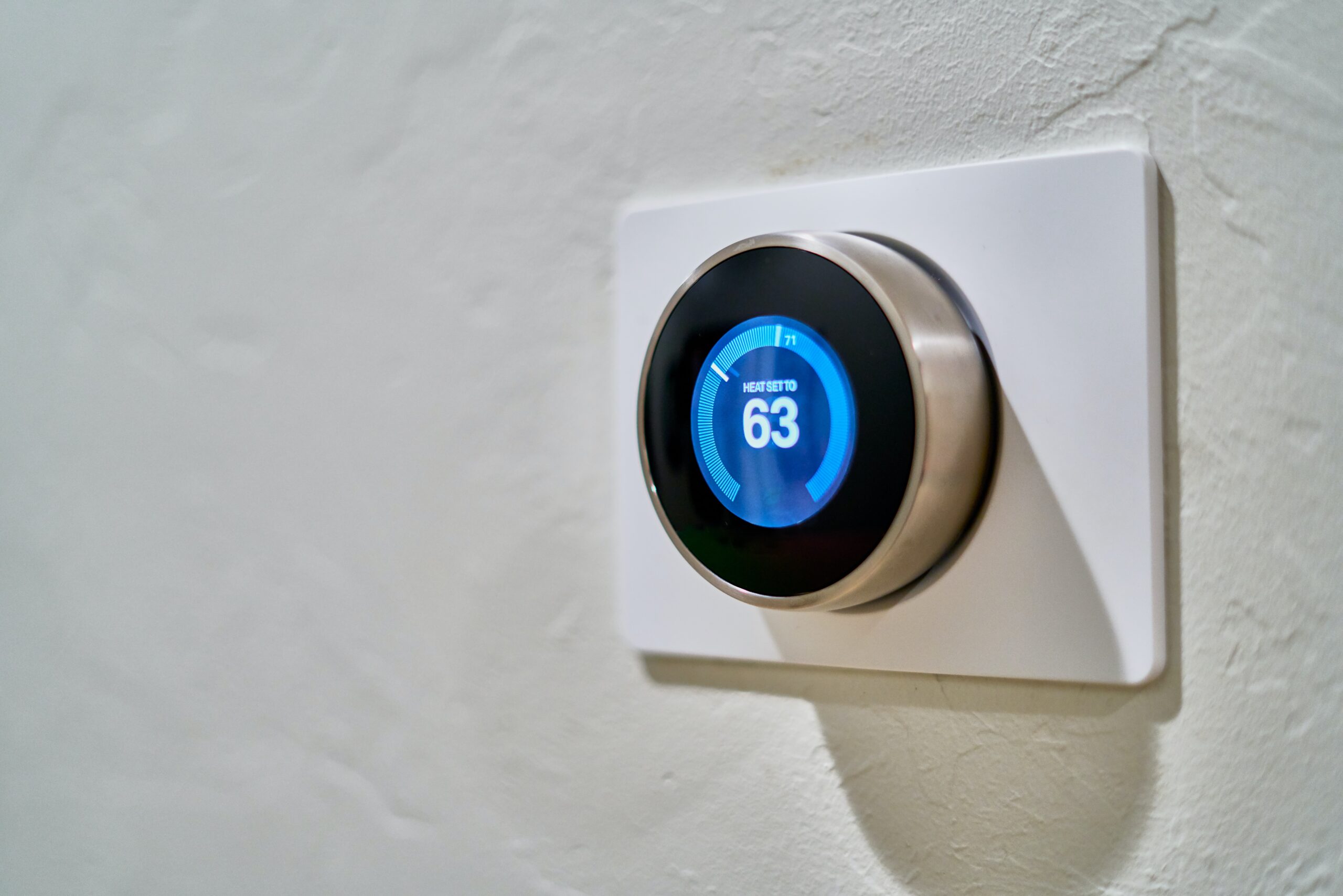Are you tired of constantly adjusting the temperature in your home or office to find that perfect balance between comfort and energy efficiency? Look no further than a smart thermostat! By scheduling your heating and cooling settings, a smart thermostat takes the guesswork out of regulating indoor temperatures, ensuring optimal comfort while saving on energy costs. With the ability to customize temperature preferences for different times of the day, you can wake up to a cozy home, come back to a cool office, and never worry about forgetting to adjust the thermostat again. Say goodbye to wasteful energy consumption and hello to convenience with a smart thermostat.
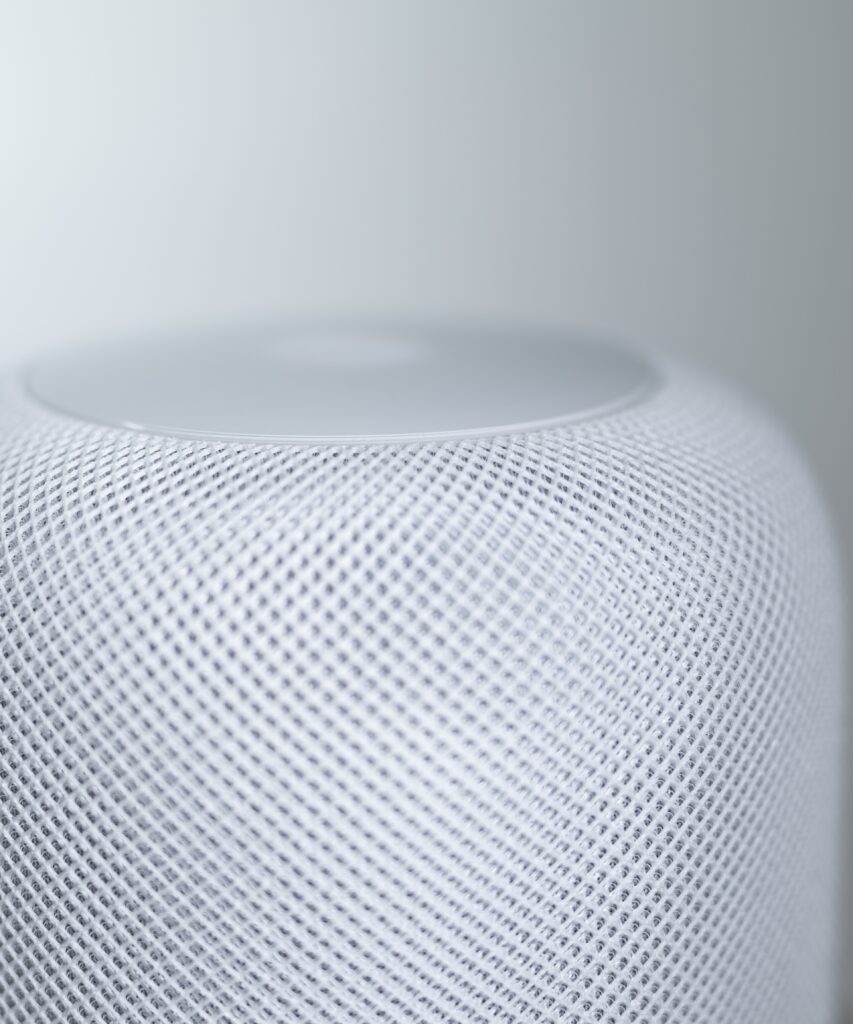
Energy Savings with Smart Thermostats
Optimized Temperature Control
When it comes to energy savings, one of the key benefits of using a smart thermostat is the ability to optimize temperature control in your home. By programming your thermostat to adjust the temperature according to your schedule, you can ensure that your heating and cooling systems are not running unnecessarily when you are not at home. This can result in significant energy savings and lower utility bills.
With a smart thermostat, you can set different temperature presets for different times of the day, allowing you to have a comfortable environment when you are at home and saving energy when you are away. The thermostat can learn your preferences over time and make adjustments automatically, ensuring that your home is always at the right temperature without wasting energy.
Reduced Energy Consumption
By effectively managing the temperature in your home, smart thermostats can help reduce overall energy consumption. Traditional thermostats often require manual adjustment, which can lead to unnecessary heating or cooling, especially when homeowners forget to adjust the temperature manually before leaving the house. This can result in energy waste and higher utility bills.
Smart thermostats, on the other hand, can intelligently detect when you are away from home and adjust the temperature accordingly. As a result, you can save energy by not heating or cooling an unoccupied space. Additionally, some smart thermostats can analyze your energy usage patterns and provide insights on how to further reduce energy consumption.
Cost Savings
The combination of optimized temperature control and reduced energy consumption leads to significant cost savings. By making your heating and cooling systems more efficient, smart thermostats can help reduce your monthly utility bills. According to studies, homeowners can save up to 10-15% on heating and cooling costs by using a programmable thermostat, and the savings can be even greater with a smart thermostat.
The ability to remotely control your thermostat also contributes to cost savings. With a smart thermostat, you can easily adjust the temperature from anywhere using a mobile app, ensuring that you are not wasting energy while you are away from home. This level of control allows you to make energy-saving decisions in real-time and further reduce your energy bills.
Increased Comfort and Convenience
Customizable Temperature Settings
One of the advantages of smart thermostats is their customizable temperature settings. With a traditional thermostat, you are limited to manually adjusting the temperature whenever you feel too hot or too cold. However, with a smart thermostat, you can create custom temperature settings based on your preferences.
For example, you can set the temperature to be slightly cooler at night for better sleep or warmer in the morning to make waking up more comfortable. By tailoring the temperature to your needs, you can enjoy a more comfortable living environment and improved overall well-being.
Remote Access and Control
Smart thermostats offer the convenience of remote access and control. With a mobile app connected to your smart thermostat, you can adjust the temperature at any time and from anywhere. Whether you are stuck at the office or on vacation, you can easily ensure that your home is at the perfect temperature for your return.
Remote access also allows you to make immediate adjustments if your schedule changes unexpectedly. For example, if you decide to come home early, you can use the app to start heating or cooling your home in advance, ensuring that you walk into a comfortable environment.
Adaptive Learning and Schedule Optimization
Smart thermostats utilize adaptive learning and schedule optimization to provide users with the highest level of comfort and convenience. These advanced features allow the thermostat to learn your habits and preferences over time and then automatically adjust the temperature to optimize energy savings and comfort.
The thermostat can adapt to changes in your schedule by predicting when you will be away from home and adjusting the temperature accordingly. It can also analyze your preferred temperature settings during different times of the day and automatically make adjustments based on your patterns. This means that you can enjoy a comfortable living environment without having to constantly manually adjust the thermostat.

Improved Indoor Air Quality
Enhanced Ventilation
With a smart thermostat, you can improve the indoor air quality of your home by enhancing ventilation. Smart thermostats can be programmed to control your HVAC system in a way that increases the exchange of fresh outdoor air with stale indoor air. This can help eliminate pollutants, odors, and allergens, resulting in healthier indoor air quality.
You can set your thermostat to periodically turn on the fan or activate the ventilation system to circulate fresh air throughout your home. This is especially beneficial during certain seasons or in areas with poor outdoor air quality. By increasing ventilation, you can create a cleaner and more comfortable living environment for you and your family.
Humidity Control
Smart thermostats often include humidity control features, allowing you to optimize the humidity levels in your home. Depending on your preferences and the climate you live in, you can program your thermostat to maintain an ideal humidity level that promotes comfort and prevents issues such as dry skin, allergies, and mold growth.
High humidity can make your home feel muggy, while low humidity can cause dryness and discomfort. With a smart thermostat, you can set specific humidity thresholds and let the thermostat automatically adjust the settings to ensure optimal conditions.
Air Filter Management
Another benefit of smart thermostats is their ability to manage air filters and improve indoor air quality. Traditional thermostats do not have the capability to monitor or remind you when it’s time to change the air filters in your HVAC system. As a result, many homeowners forget to change their filters regularly, leading to decreased system efficiency and poor indoor air quality.
Smart thermostats can track the usage of your HVAC system and send notifications when it’s time to change the air filters. This ensures that your system is running efficiently, reduces the chances of system malfunctions, and improves the overall air quality in your home.
Smart Home Integration
Voice Control and Integration with Virtual Assistants
Smart thermostats offer seamless integration with virtual assistants like Amazon Alexa, Google Assistant, and Apple HomeKit, allowing you to control your thermostat using voice commands. This hands-free control adds a new level of convenience to your daily routine and makes adjusting the temperature as simple as using your voice.
You can ask your virtual assistant to increase or decrease the temperature, set specific temperature presets, or even inquire about the current temperature in your home. This integration also allows you to control other smart devices in your home through the same virtual assistant, creating a cohesive and interconnected smart home experience.
Integration with Other Smart Devices
Smart thermostats can be integrated with other smart devices in your home, creating a connected ecosystem that enhances your daily life. For example, you can connect your smart thermostat to smart lighting systems, allowing the lights to automatically adjust based on your temperature preferences or occupancy status.
You can also integrate your smart thermostat with smart blinds or curtains, enabling them to open or close based on the sunlight and temperature conditions. The possibilities for integration are extensive and can be tailored to your specific needs, making your home more comfortable and efficient.
Data and Insights
Smart thermostats provide valuable data and insights about your energy usage and HVAC system performance. Through an accompanying mobile app or web portal, you can access detailed reports and analytics that give you a comprehensive understanding of how your energy is being used and how your HVAC system is performing.
These insights can help you identify energy-saving opportunities, detect potential issues with your system, and make informed decisions to optimize your energy consumption. With access to real-time data and historical trends, you can take proactive steps to improve efficiency, reduce costs, and increase the overall comfort of your home.
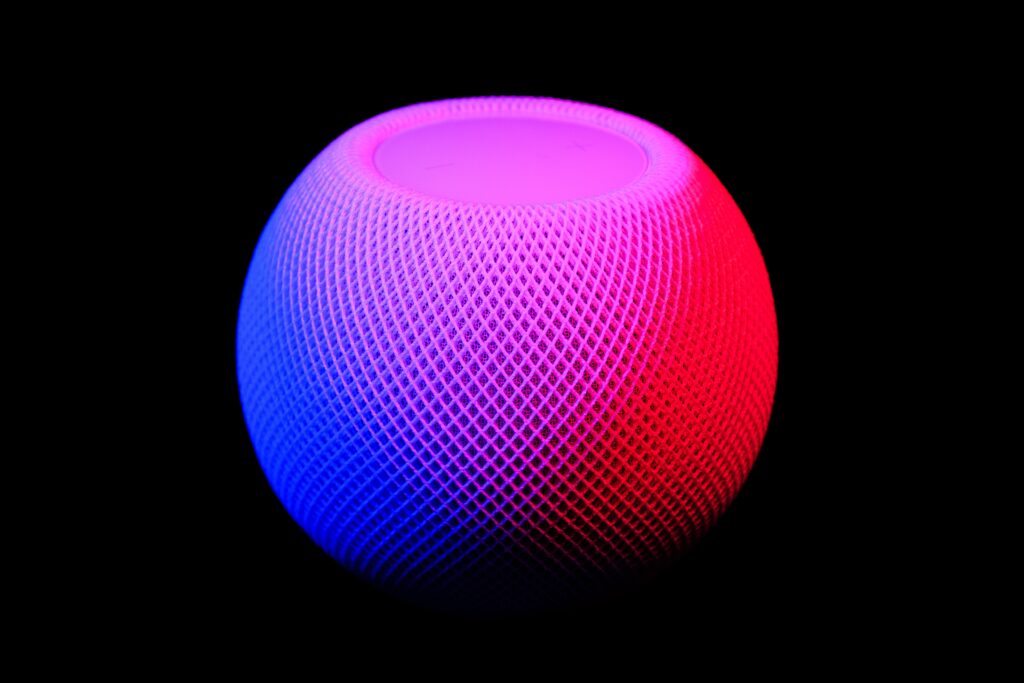
Energy Efficiency Programs and Incentives
Utility Rebates
Many utility companies offer rebates and incentives for homeowners who install a smart thermostat. These programs are designed to promote energy efficiency and reward homeowners for taking steps to reduce energy consumption.
By participating in utility rebate programs, you can offset the cost of purchasing and installing a smart thermostat. The amount of the rebate varies depending on the utility company and their specific program, but it can often be a significant portion of the total cost.
Demand Response Participation
Smart thermostats can also participate in demand response programs offered by utility companies. Demand response programs aim to reduce strain on the electrical grid by adjusting energy consumption during peak demand periods. By allowing your smart thermostat to participate in these programs, you can contribute to a more reliable and sustainable grid.
During peak demand periods, your thermostat may receive a signal from the utility company to adjust the temperature setting slightly to reduce energy usage. This adjustment is often minimal and hardly noticeable, but it can make a big difference in reducing overall energy demand and avoiding blackouts.
Time-of-Use Pricing Optimization
Time-of-use pricing optimization is another benefit of smart thermostats. Some utility companies offer different pricing rates depending on the time of day. By analyzing the time-of-use pricing schedule and your energy usage patterns, a smart thermostat can automatically adjust the temperature to minimize energy consumption during peak pricing hours.
This optimization allows you to take advantage of lower pricing rates during off-peak hours and avoid high energy costs during peak hours. By shifting your energy usage to non-peak hours, you can save money and contribute to a more balanced energy grid.
Smart Thermostat Features and Capabilities
Programmable and Learning Modes
Smart thermostats offer various modes to accommodate different lifestyles and preferences. In programmable mode, you can create a schedule that aligns with your daily routine, allowing your thermostat to automatically adjust the temperature throughout the day. This ensures that your home is always at the desired temperature without manual intervention.
In learning mode, your smart thermostat can analyze your behaviors and preferences and create a customized schedule based on your patterns. Over time, the thermostat learns your temperature preferences for different times of the day and adjusts the settings accordingly. This feature eliminates the need for constant manual adjustments and ensures optimal comfort and energy savings.
Geofencing Technology
Geofencing technology is a powerful feature of smart thermostats that utilizes your smartphone’s location to automatically adjust the temperature based on your proximity to home. By setting up a geofence around your home, your thermostat can detect when you are approaching or leaving and adjust the temperature accordingly.
For example, when you are within the geofence, the thermostat can start heating or cooling your home to the desired temperature so that it’s comfortable when you arrive. On the other hand, when you leave the geofence, the thermostat can automatically adjust the temperature to save energy. This feature eliminates the need for manual adjustments or relying on a fixed schedule.
Usage Reports and Insights
Smart thermostats provide detailed usage reports and insights that can help you understand your energy consumption and make informed decisions to optimize efficiency. These reports often include information such as energy usage breakdown by day, week, or month, temperature trends, and suggestions for energy-saving improvements.
By reviewing these reports, you can identify patterns, set goals for energy reduction, and track your progress over time. This information empowers you to make small changes that can have a big impact on your energy consumption and ultimately contribute to a greener, more sustainable lifestyle.
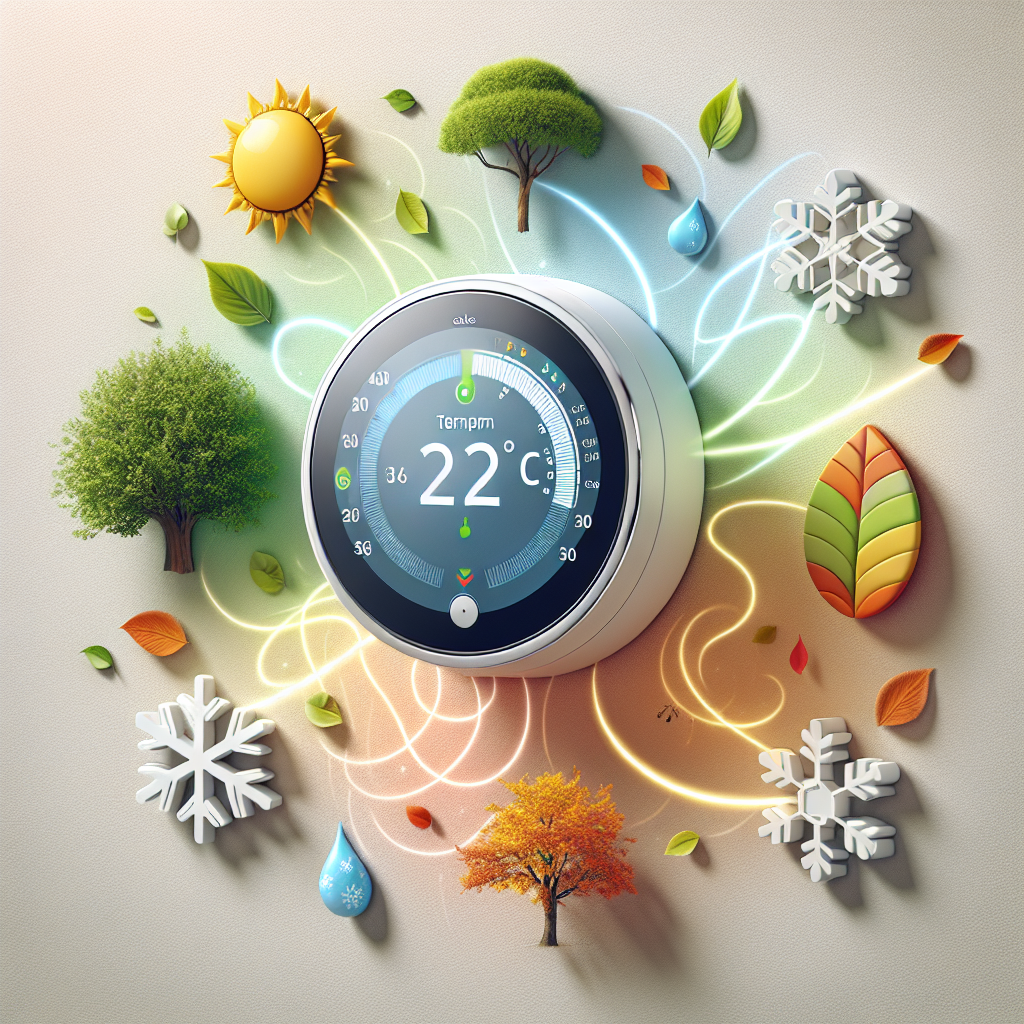
Reduced Environmental Impact
Reduced Greenhouse Gas Emissions
By optimizing temperature control and reducing energy consumption, smart thermostats play a significant role in reducing greenhouse gas emissions. The more efficiently you can heat and cool your home, the less energy you consume, resulting in a smaller carbon footprint.
Traditional heating and cooling systems often rely on fossil fuels that contribute to greenhouse gas emissions. However, by adopting smart thermostat technology and leveraging its energy-saving features, you can reduce your reliance on these non-renewable energy sources and make a positive impact on the environment.
Conservation of Resources
Smart thermostats contribute to the conservation of resources by helping homeowners use energy more efficiently. By reducing energy consumption, you decrease the demand for energy generation, which in turn reduces the consumption of natural resources.
In addition to energy, smart thermostats also help conserve other resources such as water. By optimizing temperature control and reducing energy consumption, you indirectly reduce water usage associated with power generation, as power plants require large amounts of water for various processes.
User-Friendly Interface
Intuitive Mobile Apps
Smart thermostats often come with intuitive mobile apps that allow you to control and monitor your thermostat from your smartphone or tablet. These apps provide a user-friendly interface where you can easily adjust the temperature, create temperature presets, and access advanced features and settings.
The mobile apps also give you the ability to view usage reports, set up energy-saving features, receive notifications, and integrate with other smart devices in your home. The convenience of controlling your thermostat from the palm of your hand adds an extra layer of accessibility and ease of use.
Easy Installation and Setup
Installing and setting up a smart thermostat is usually straightforward, even for those with limited technical knowledge. Most smart thermostats come with detailed installation instructions and video tutorials to guide you through the process. In addition, many smart thermostats are designed to be compatible with the existing wiring of traditional thermostats, minimizing the need for additional wiring or modifications.
Once installed, the setup process typically involves connecting the thermostat to your home’s Wi-Fi network and configuring the initial settings through the mobile app or web portal. Smart thermostats often provide step-by-step instructions during the setup process, making it easy for anyone to get started.
Smart Algorithm and Recommendations
Smart thermostats utilize advanced algorithms to analyze your energy usage patterns and provide intelligent recommendations for optimizing efficiency. These recommendations can range from adjusting temperature settings to suggesting energy-saving features and programs offered by utility companies.
The smart algorithms take into account various factors such as occupancy, weather conditions, time of day, and historical data to make personalized recommendations that suit your lifestyle and preferences. This guidance helps you make informed decisions that align with your energy-saving goals and maximize the benefits of your smart thermostat.
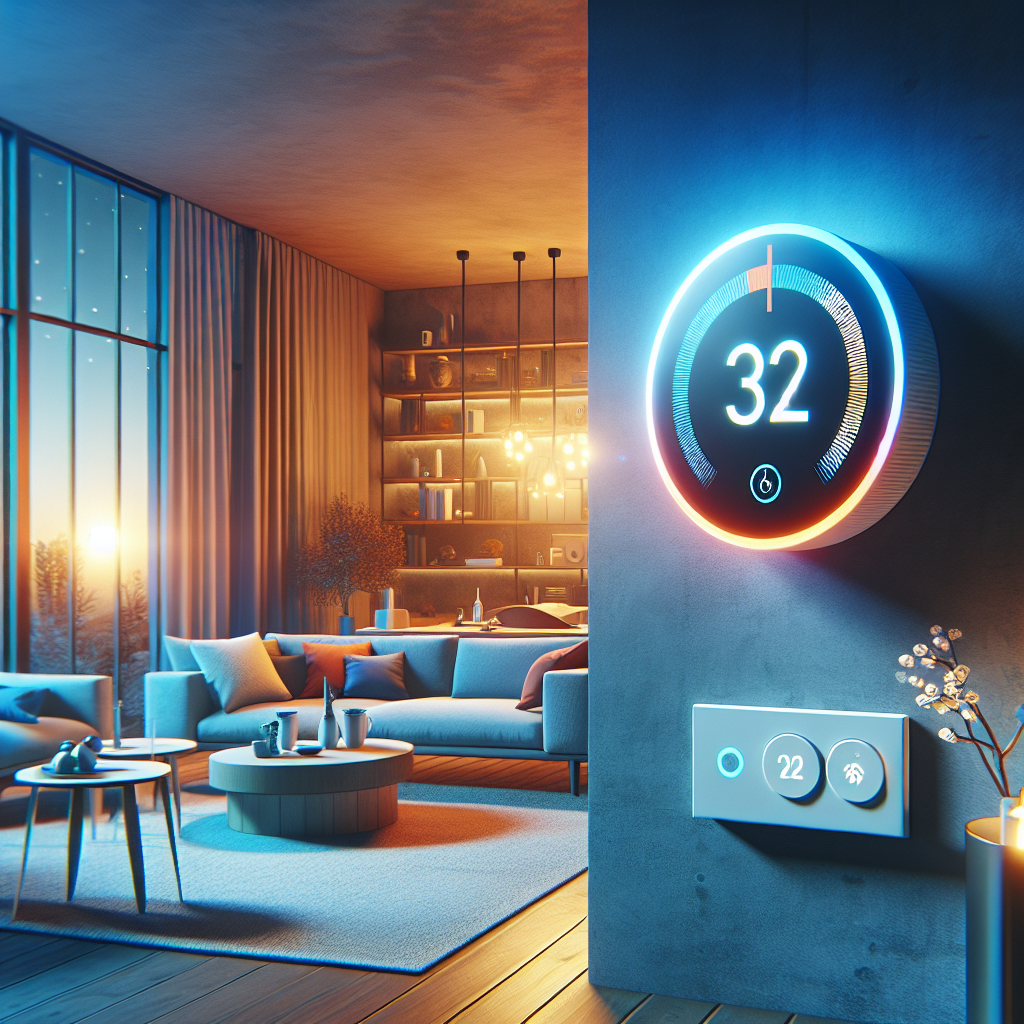
Improved HVAC System Performance
Reduced Wear and Tear
By effectively managing temperature control and optimizing energy consumption, smart thermostats help reduce the wear and tear on your HVAC system. Traditional thermostats often result in frequent cycling of the heating and cooling systems, causing unnecessary strain on the equipment and increasing the chances of breakdowns.
Smart thermostats, on the other hand, can adjust the temperature in a more controlled manner, reducing the frequency and intensity of heating and cooling cycles. This helps prolong the lifespan of your HVAC system, lowers maintenance costs, and ensures its reliable performance for years to come.
Efficient Runtime and Maintenance
Smart thermostats can improve the overall efficiency of your HVAC system by ensuring that it runs only when necessary. By programming your thermostat to adjust the temperature based on occupancy and schedule, you can avoid unnecessary runtime and reduce energy waste.
Additionally, some smart thermostats provide maintenance alerts and reminders to help you keep your HVAC system in optimal condition. These alerts can notify you when it’s time to schedule routine maintenance tasks such as filter changes or system inspections. By staying on top of regular maintenance, you can prevent potential issues and keep your HVAC system operating at peak efficiency.
Optimized Prolonged Lifespan
The combined benefits of reduced wear and tear, efficient runtime, and proper maintenance contribute to the optimized and prolonged lifespan of your HVAC system. By using a smart thermostat to manage and optimize temperature control, you can minimize the stress on your system and extend its overall lifespan.
When your HVAC system operates efficiently and experiences less strain, it is less prone to breakdowns and costly repairs. This not only saves you money in the long run but also ensures that you have reliable heating and cooling all year round.
Increased Awareness and Control
Real-Time Monitoring
Smart thermostats offer real-time monitoring of your home’s temperature and energy usage. With a mobile app or web portal, you can view the current temperature and monitor how your HVAC system is functioning. This real-time monitoring allows you to stay informed about your home’s comfort levels and make adjustments if necessary.
For example, if you notice that the temperature is too high or too low, you can easily adjust it from your mobile app, even if you are not at home. This level of awareness and control gives you peace of mind and allows you to maintain optimal comfort in your home.
Weather Integration and Forecasting
Smart thermostats often integrate with weather forecasting services to provide you with up-to-date weather information that can influence your temperature settings. By accessing current weather conditions and forecasts, your thermostat can adjust the temperature based on factors such as outdoor temperature, humidity levels, and precipitation.
For example, if the weather forecast indicates a hot and sunny day, your thermostat may preemptively adjust the temperature slightly to prevent your home from getting too warm. This integration with weather data ensures that your home’s temperature remains comfortable regardless of external environmental conditions.
Energy Usage Tracking
Energy usage tracking is a valuable feature of smart thermostats that allows you to monitor and analyze your energy consumption patterns. By accessing detailed energy usage reports through the accompanying mobile app or web portal, you can gain insights into how your HVAC system is performing and identify opportunities for energy savings.
These reports often display energy usage breakdown by day, week, or month, as well as comparisons to previous periods. This information helps you understand how your energy consumption changes over time and identify trends that can inform your energy-saving strategies.
Overall, smart thermostats offer a wide range of benefits that extend beyond simple temperature control. They provide energy savings, increased comfort and convenience, improved indoor air quality, smart home integration, and more. By utilizing these advanced features and capabilities, homeowners can optimize their energy consumption, reduce environmental impact, and create a smarter and more comfortable living environment.
